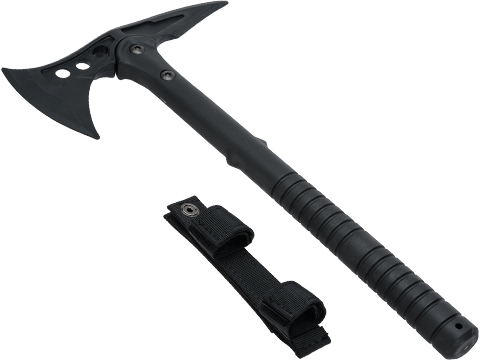
Use CCV (¶ c below) only for calibration checks, not for sample quantitation. Use the initial calibration to quantitate analytes of interest in samples. If not, determine the cause of the error, and take corrective action. The analytical results for this second-source midrange standard must be within 10% of its true value. Its concentration should be near the midpoint of the calibration range. Verify the initial calibration by analyzing a standard prepared from a different stock standard than that used to create the calibration curve.
#Matrix spike definition verification
However, many methods require verification of the correlation. Note: Do not use the correlation coefficient to verify a calibration’s accuracy. If any recalculated values are not within the method’s acceptance criteria-≤ 3 times the MRL ±50% between 3 and 5 times the MRL ☒0% or > 5 times the MRL ± 10%, unless otherwise specified in individual methods-identify the source of any outliers and correct before sample quantitation. The following acceptance criteria are recommended for various calibration functions.Ĭompare each calibration point to the curve and recalculate its concentration. Some nonlinear functions can be linearized via mathematical transformations (e.g., log). Depending on the method, calibration curves may be Weighting factors (e.g., 1/x or 1/x 2) may be used to give more weight to the lower concentration points of the calibration. The appropriate linear or nonlinear correlation coefficient for standard concentration-to-instrument response should be 0.995 for linear calibrations and ≥ 0.990 for quadratic calibrations. If the relative standard deviation (RSD) of the response factors is ≤ 15%, then the average response factor may be used. Some methods and instruments respond better to more orders of magnitude between concentrations.Īpply response-factor, linear, or quadratic-curve-fitting statistics (depending on what the method allows) to analyze the concentration-instrument response relationship.

For the most accurate results, choose calibration standard concentrations no more than one order of magnitude apart.

Make sure the calibration range encompasses the concentrations expected in method samples or required dilutions. The lowest concentration must be at or below the MRL, and the highest concentration should be at the upper end of the calibration range.

at least 5 concentrations of standards and 1 blank (for nonlinear calibrations), or.at least 3 concentrations of standards and 1 blank (for linear calibrations),.


 0 kommentar(er)
0 kommentar(er)
